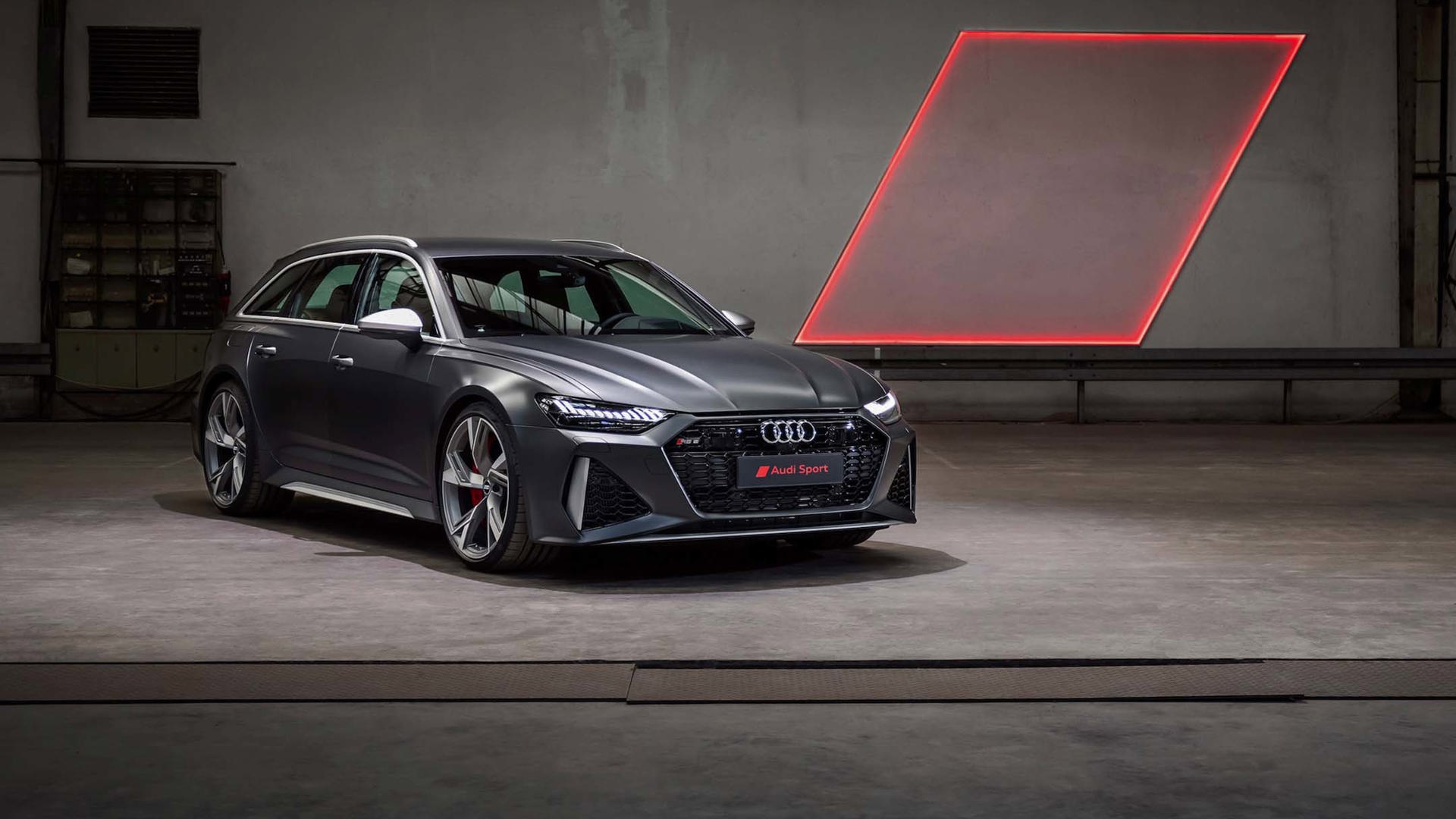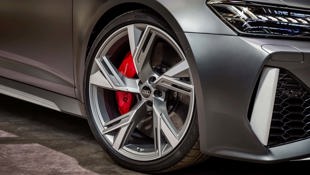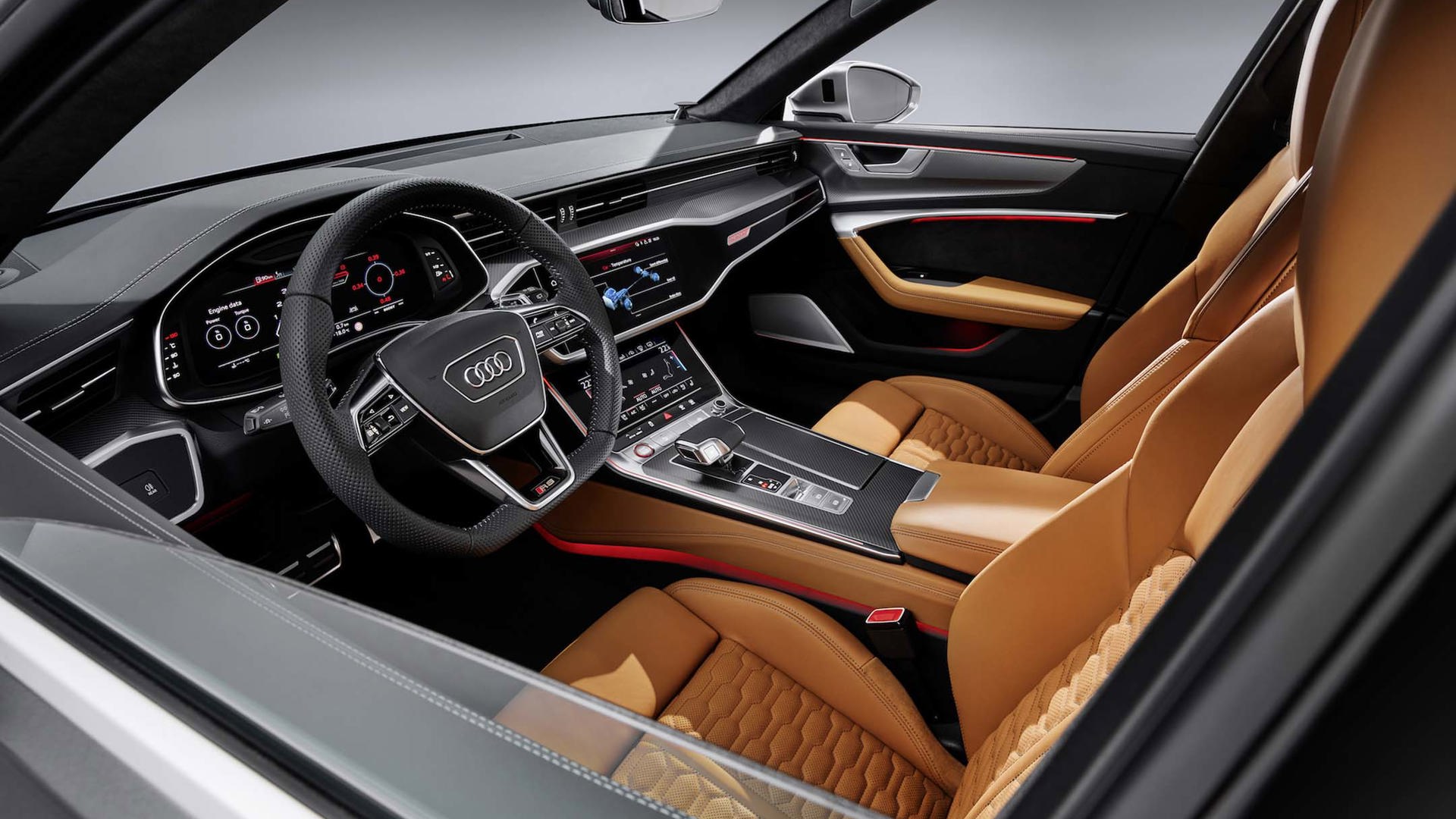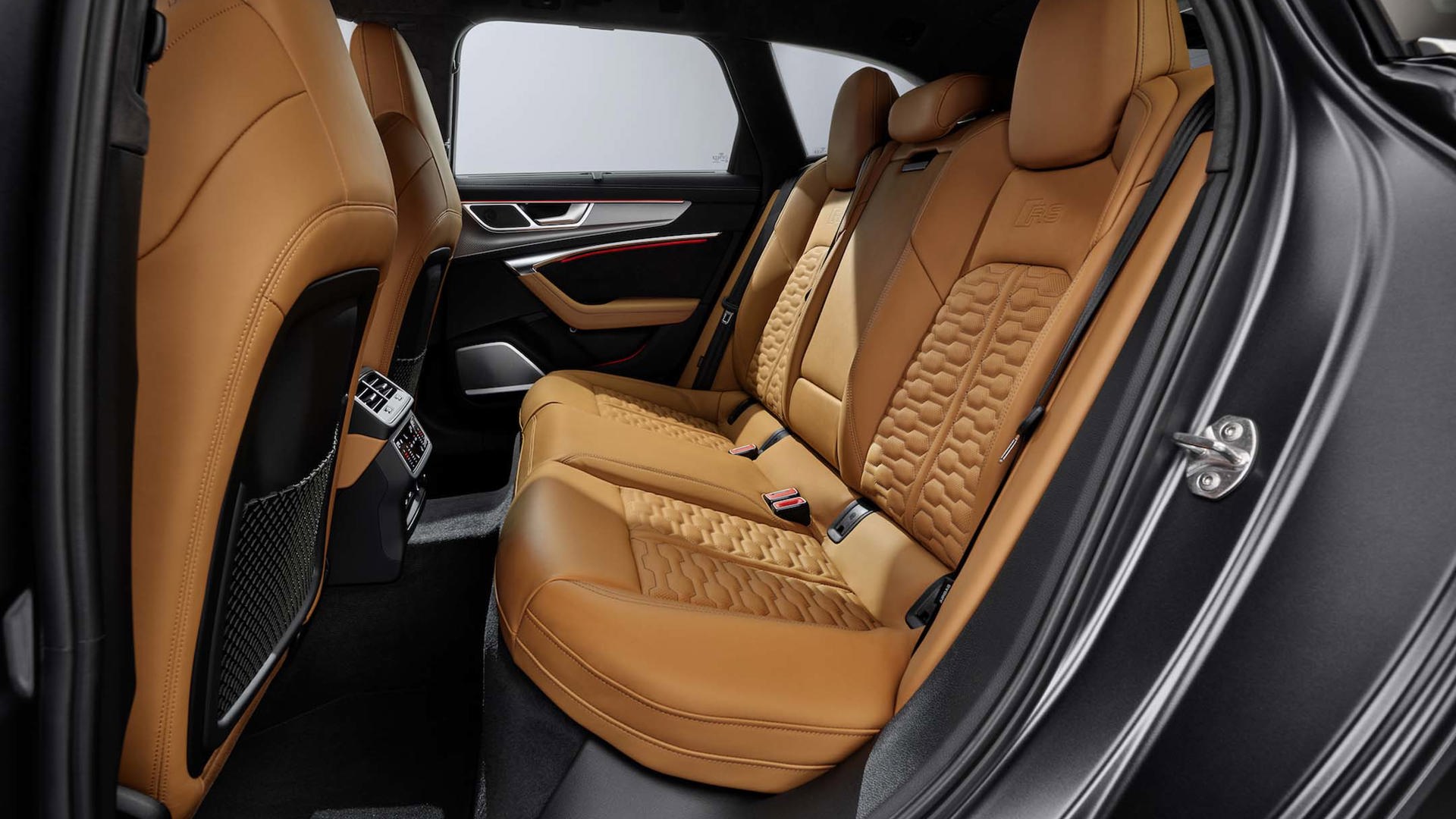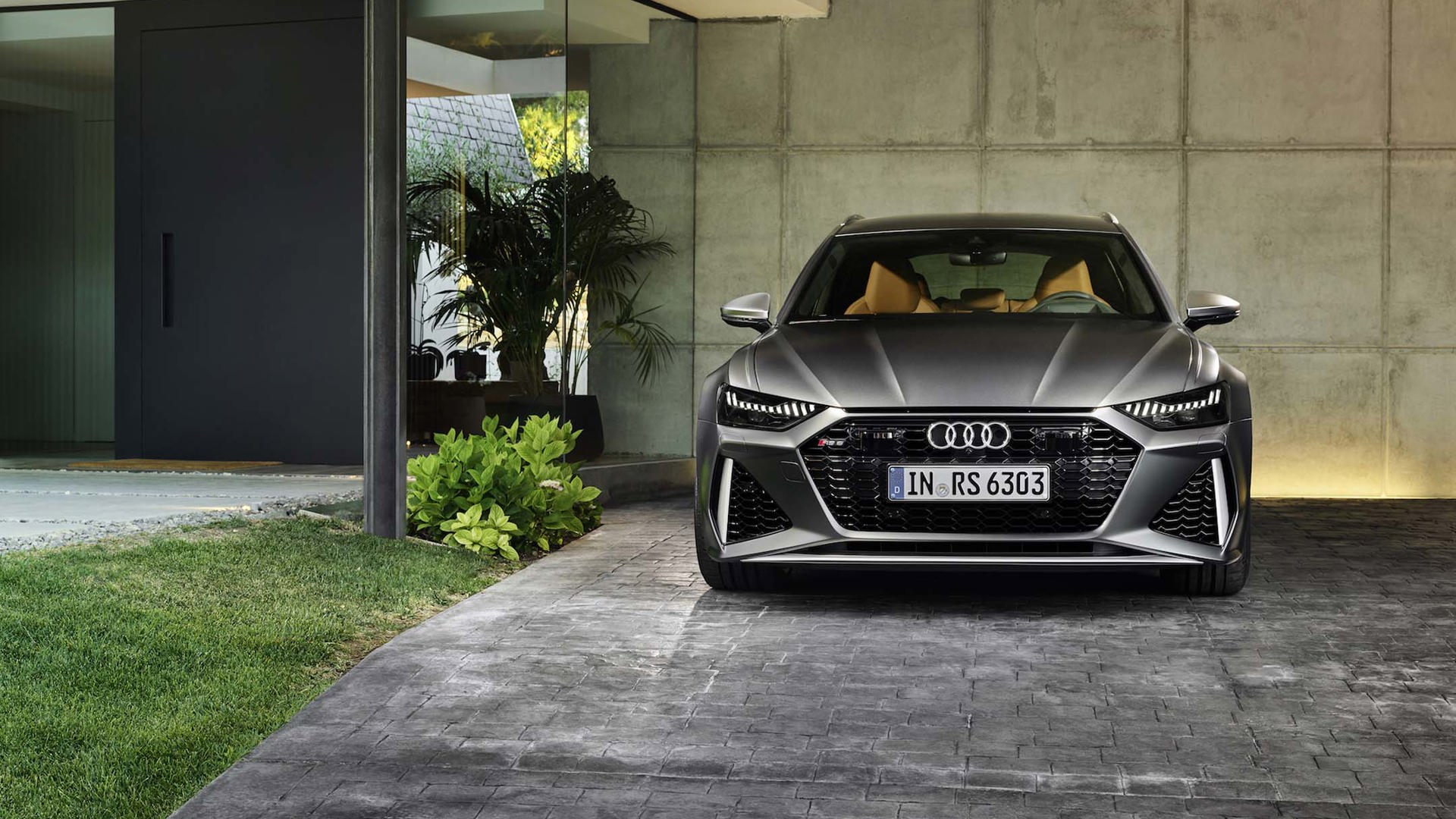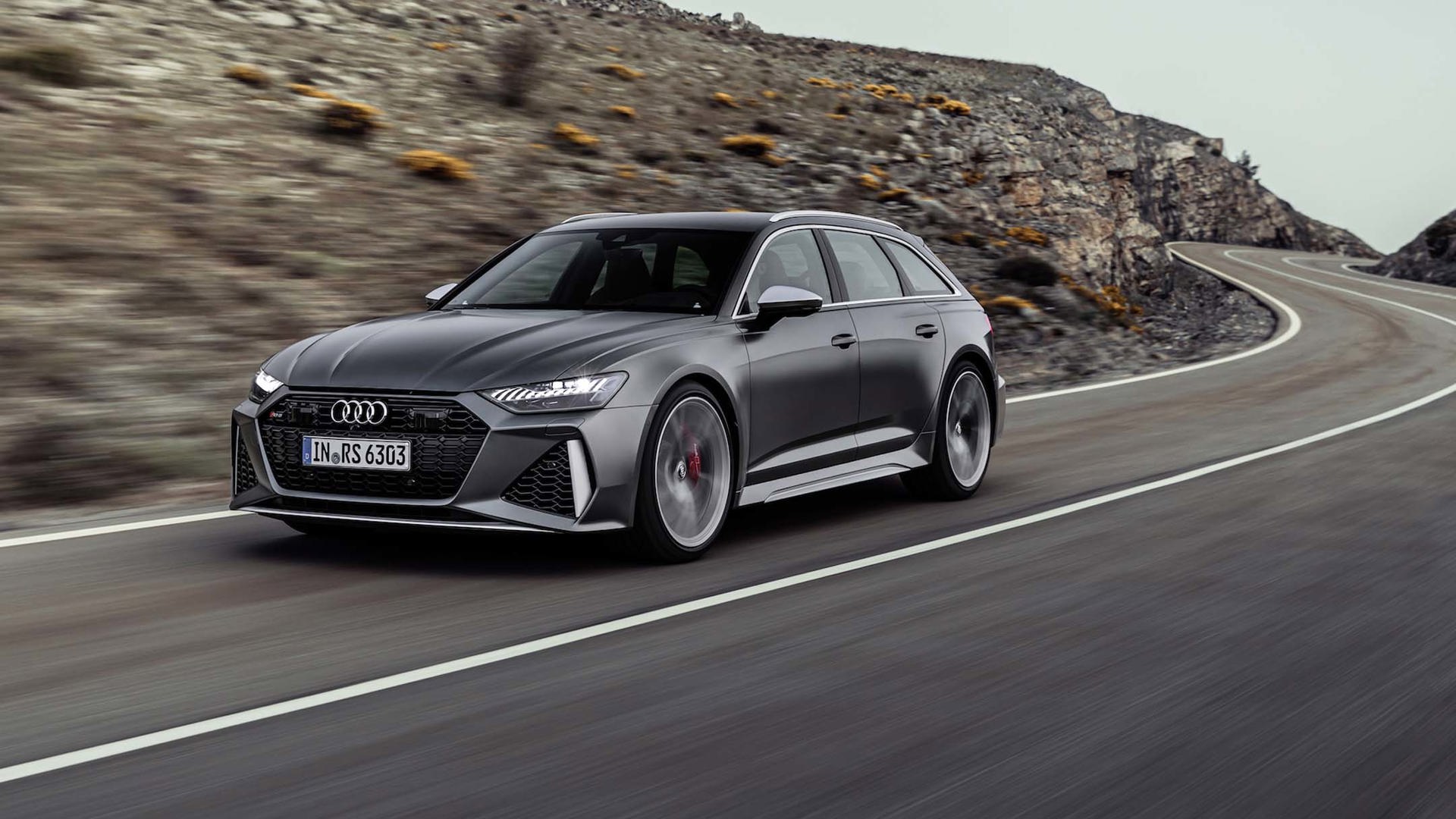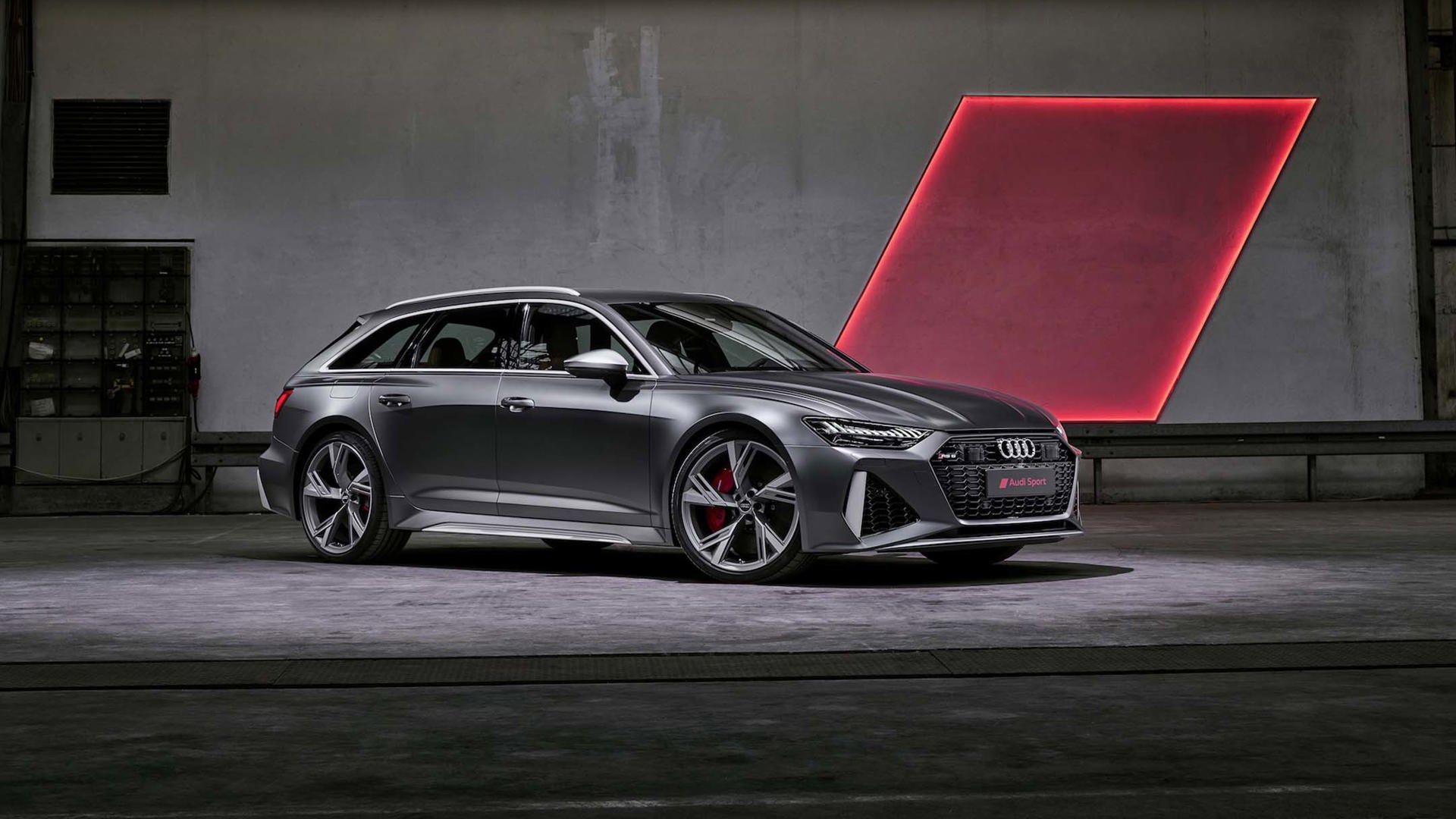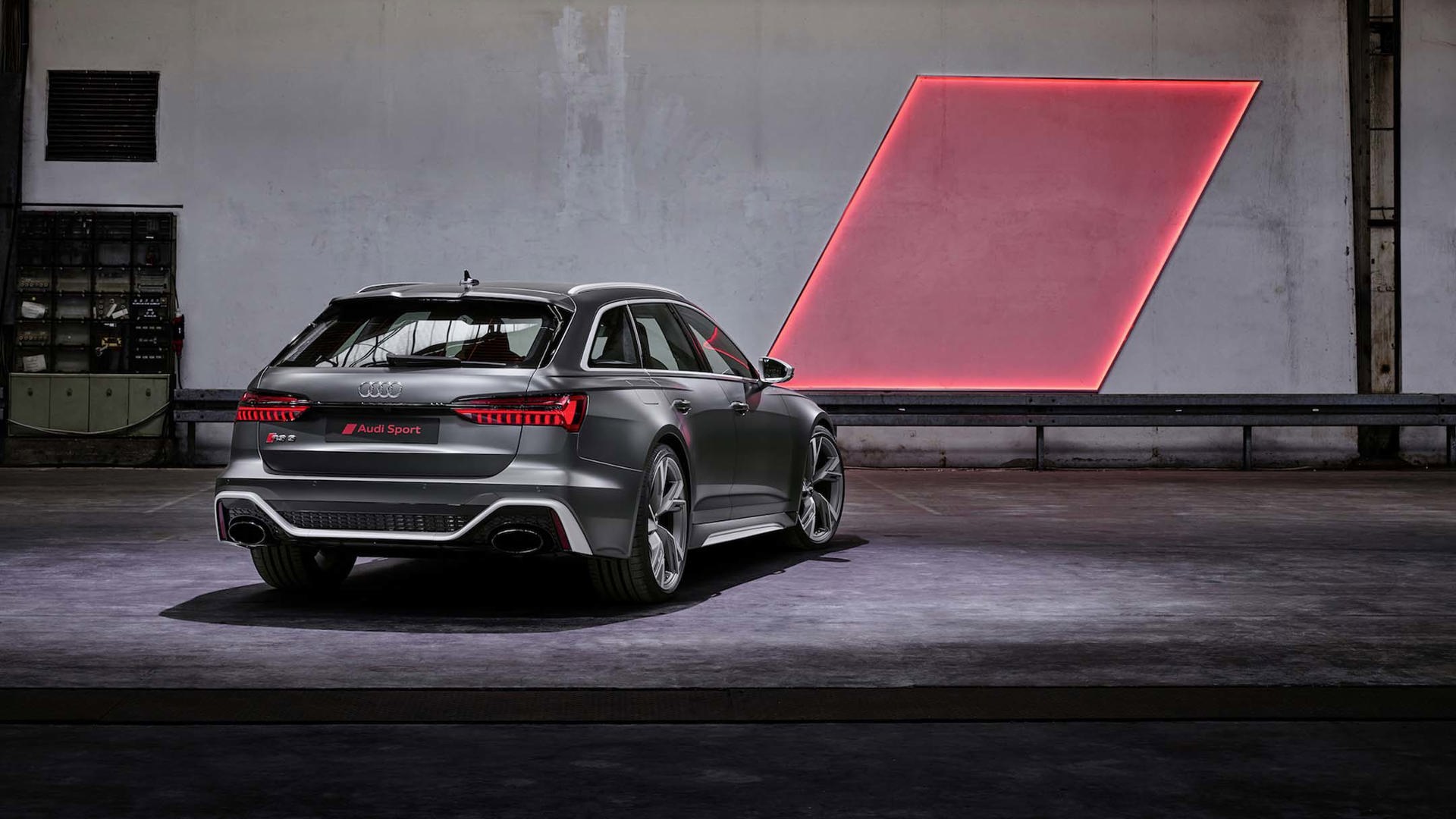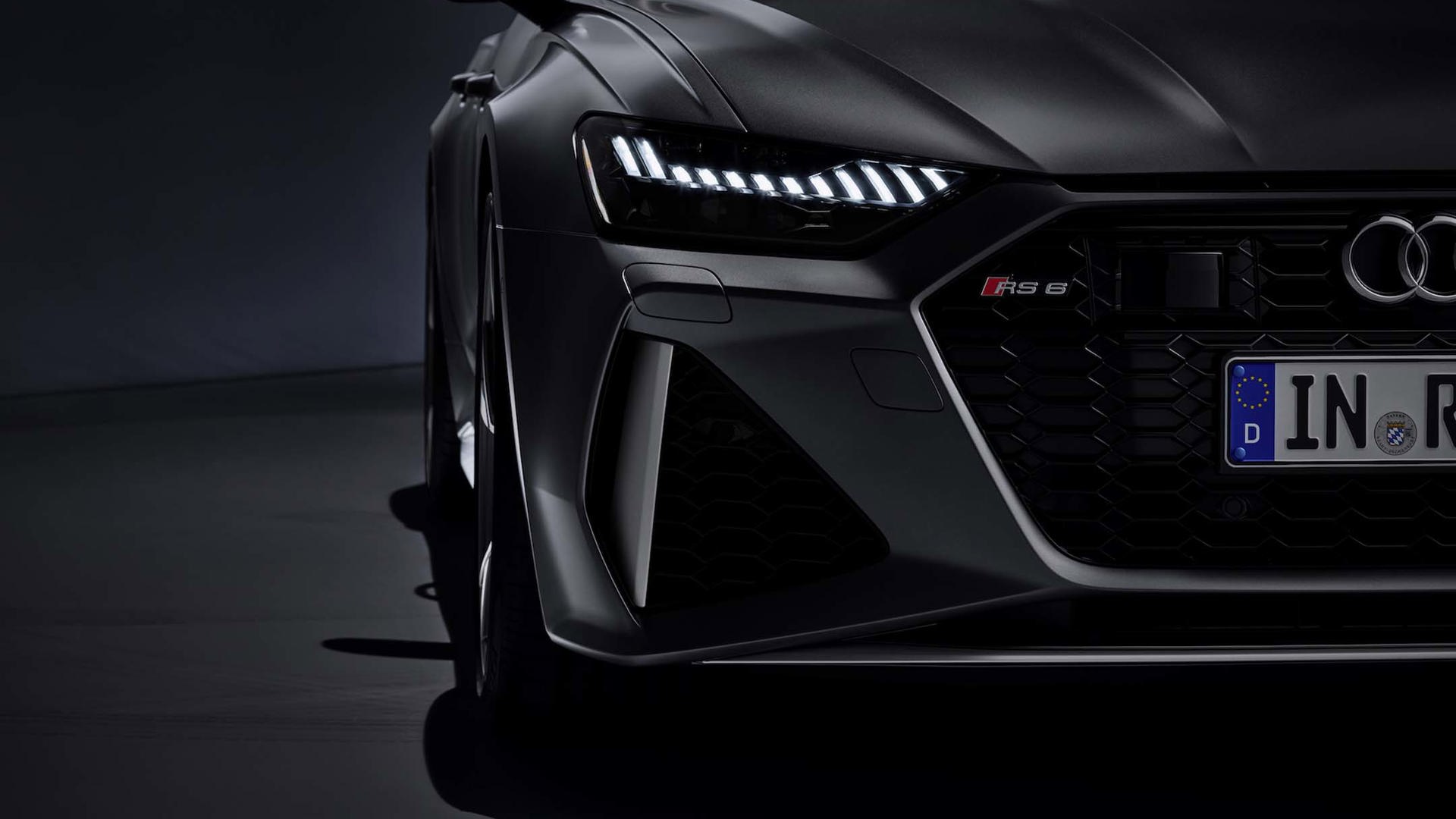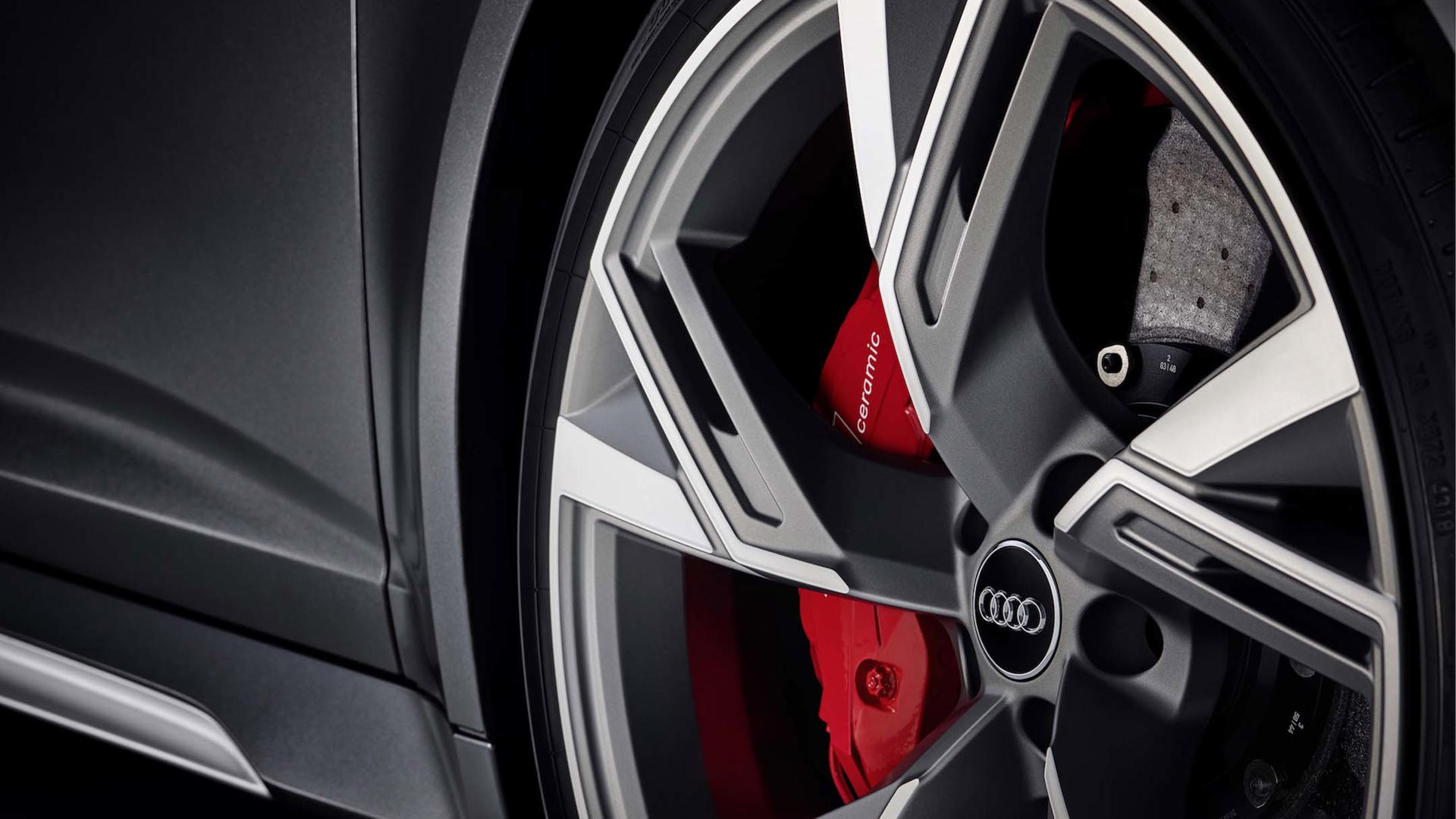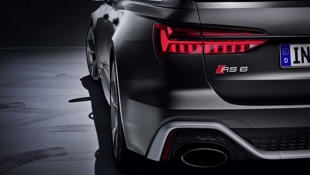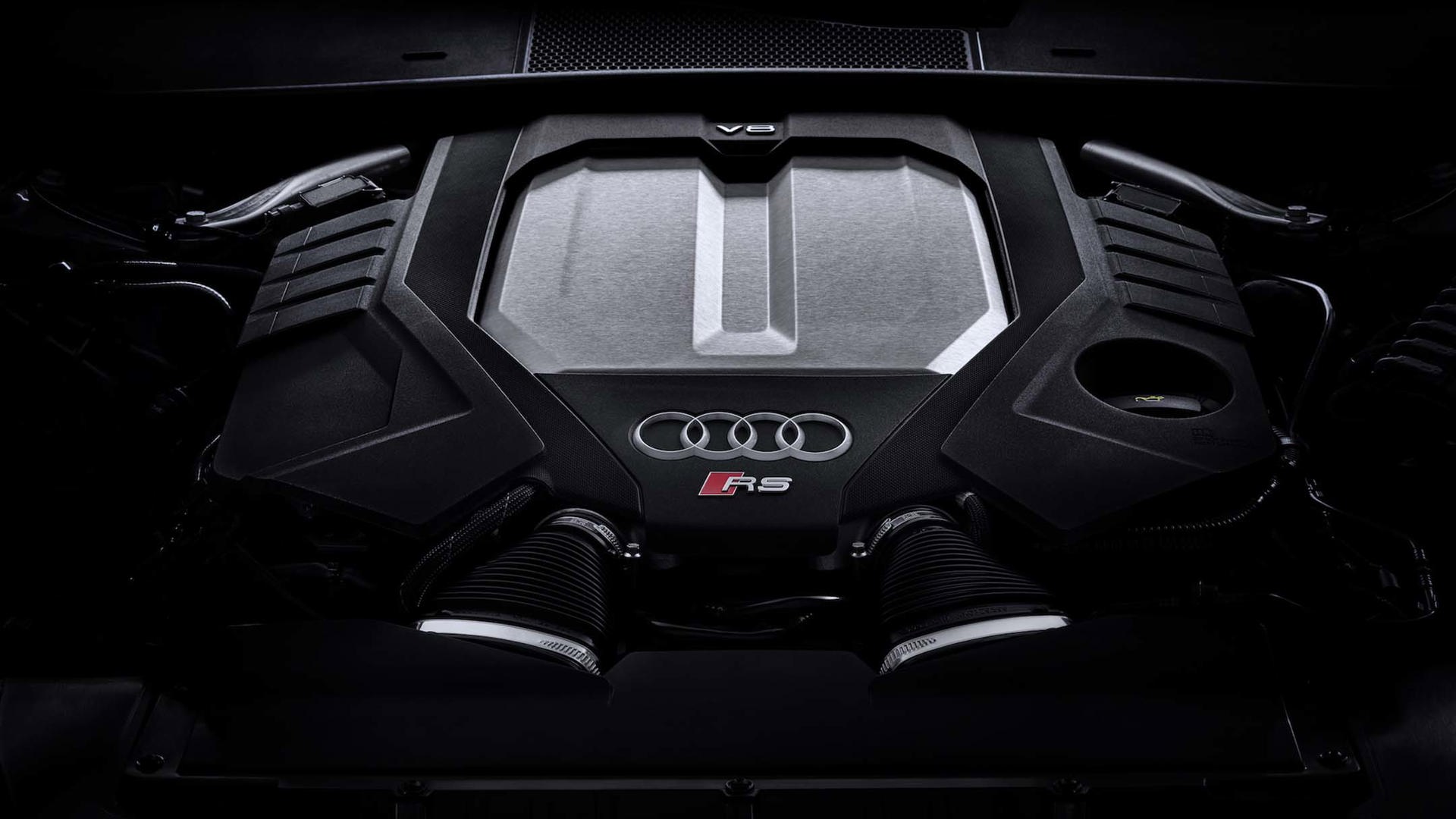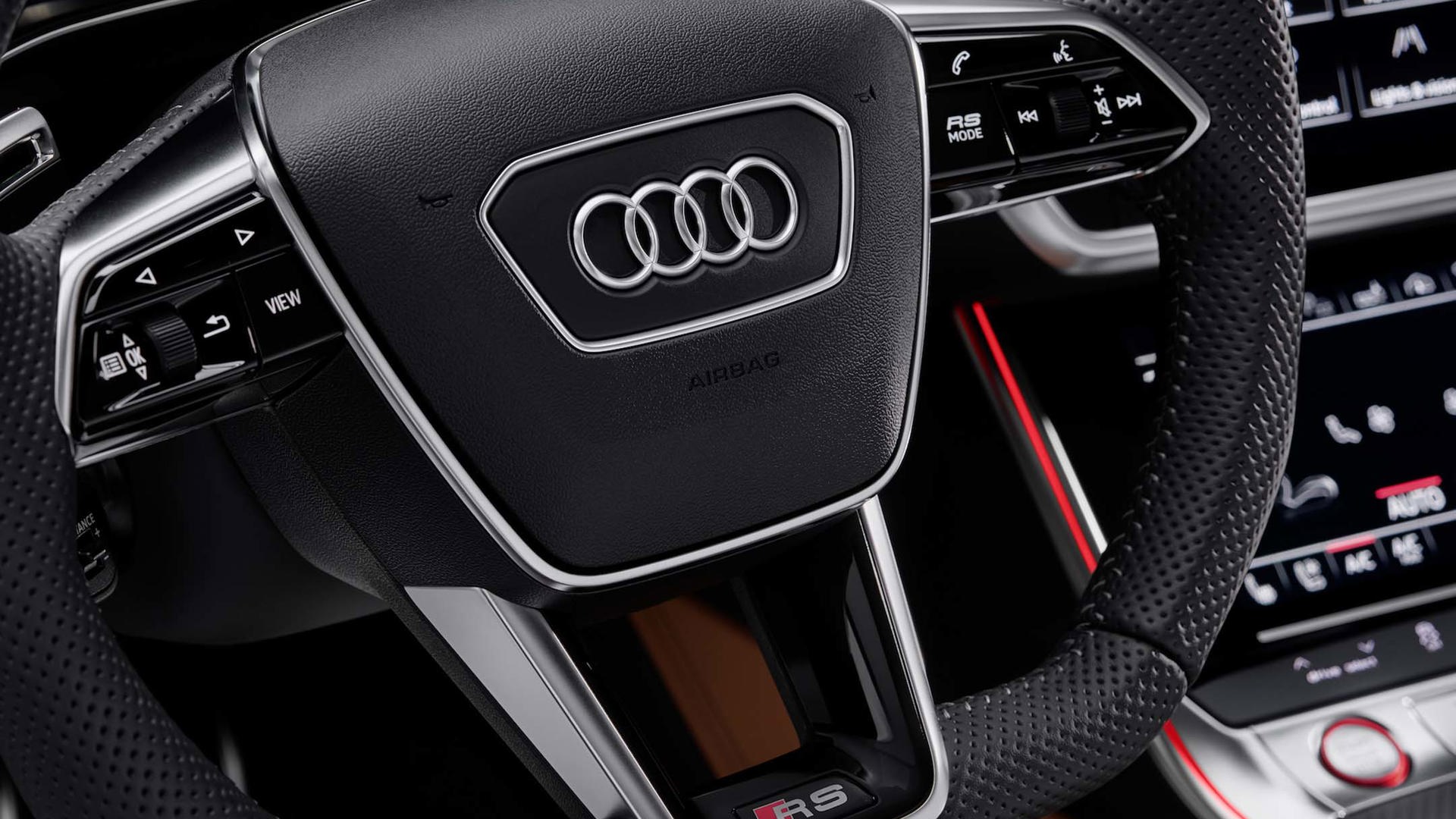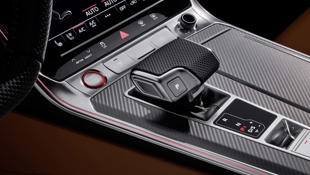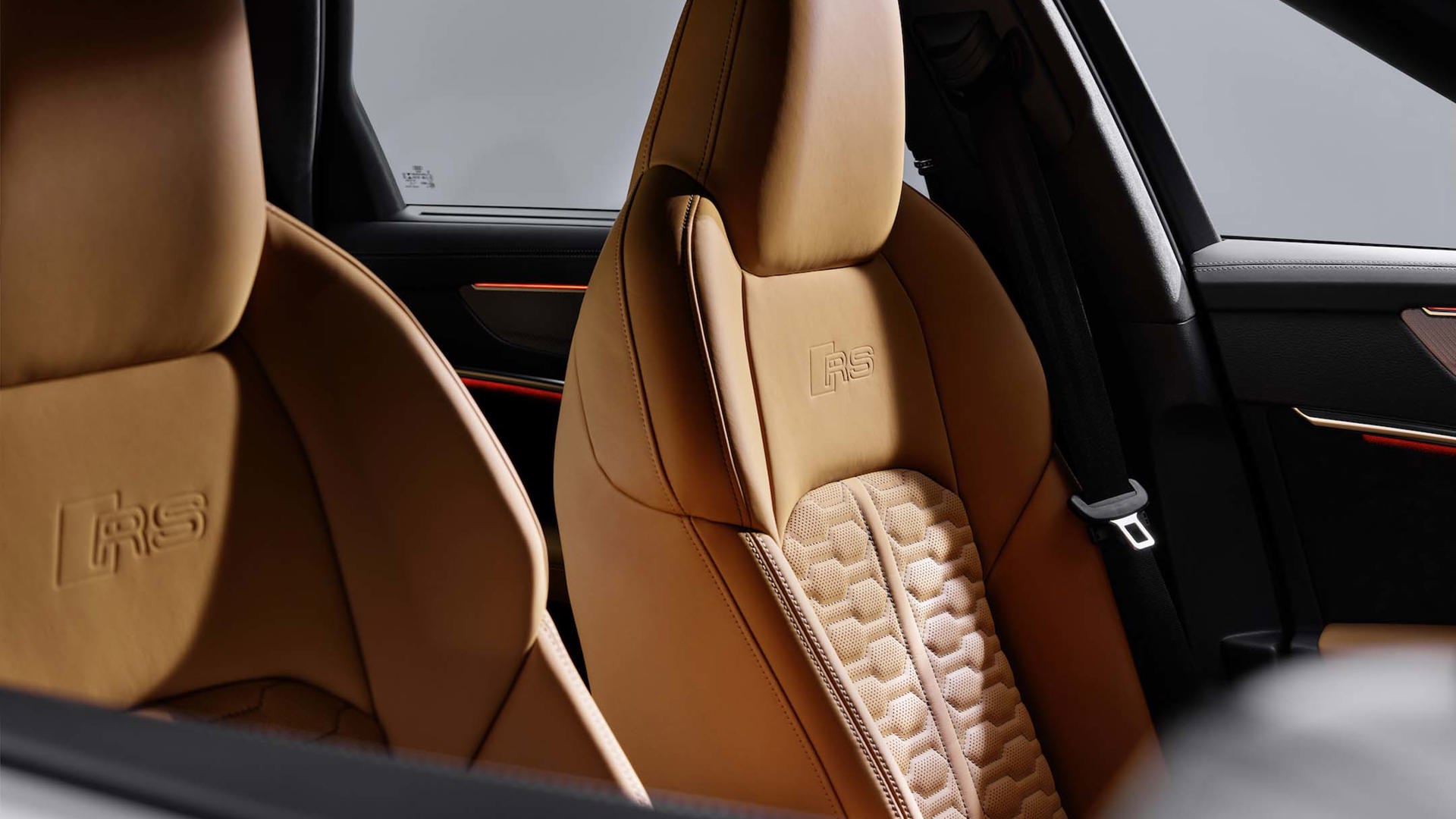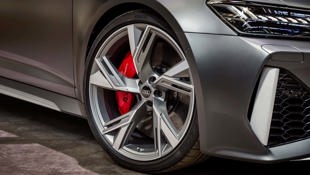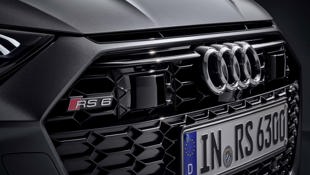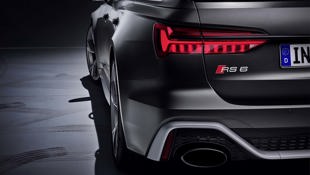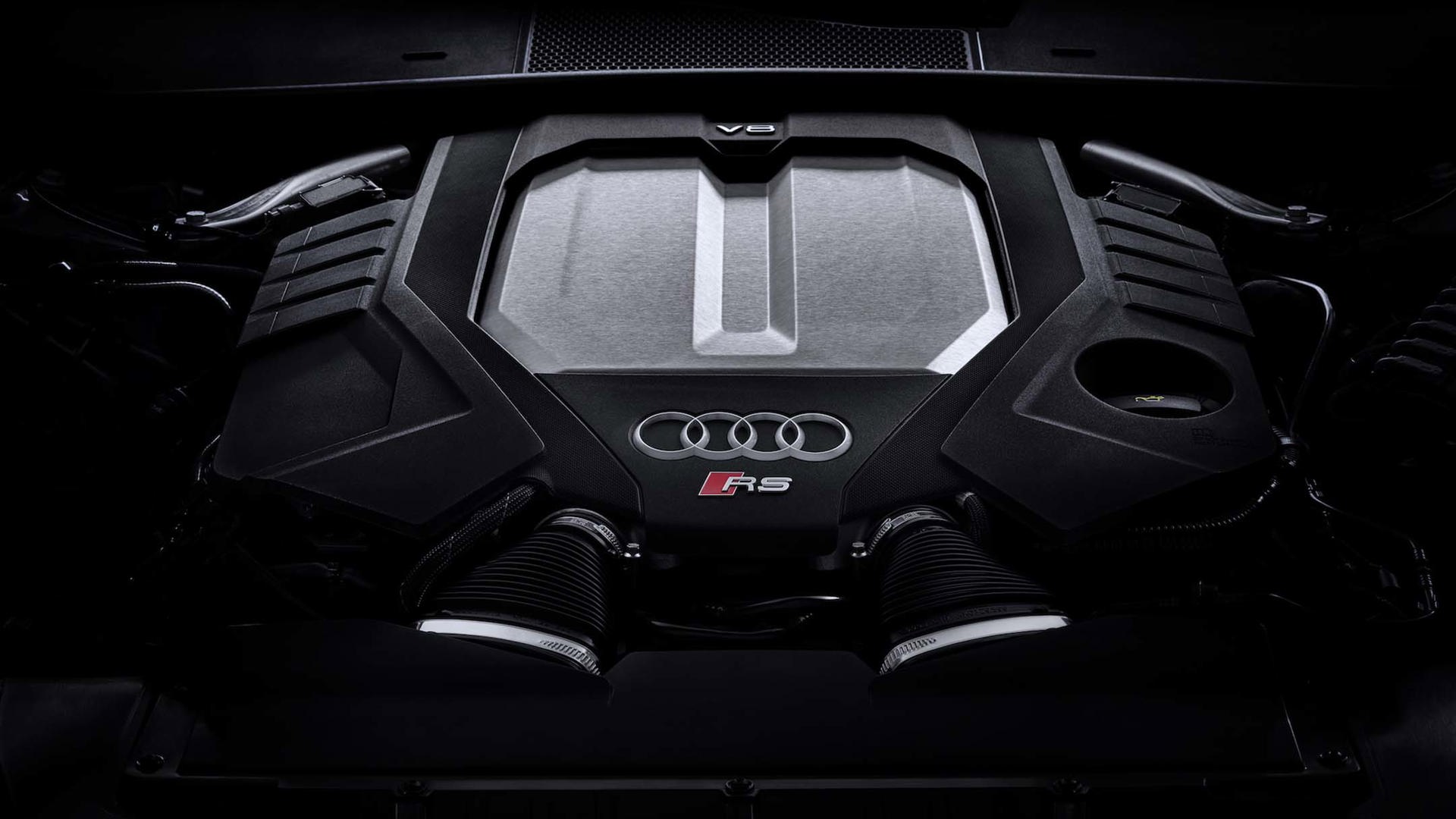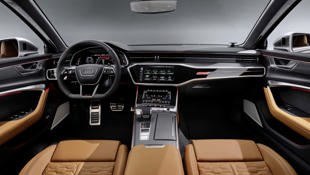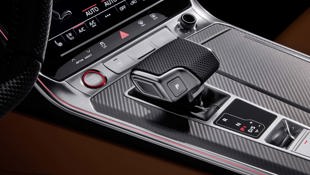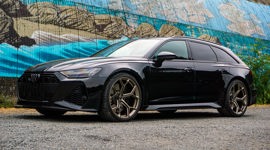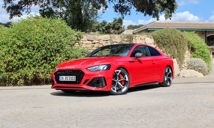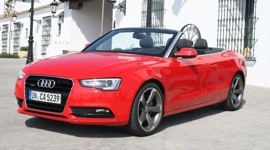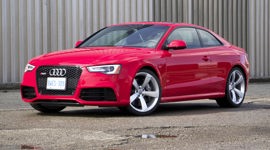The 2020 Audi RS 6 Avant is coming to Canada. For most folks that declaration will be meaningless, yet there is a small faction of fans who know “RS 6 Avant” translates to “very fast Audi station wagon”, and fewer still the number of enthusiasts with deep enough pockets to buy this 600 horsepower wagon when it arrives next year. A nicely equipped one will see you well north of 100 grand.
First, a little history: The letters RS are to Audi what AMG is to Mercedes-Benz and M is to BMW. And while AMG cut its teeth on making large Merc sedans go vroom, and BMW’s M division concentrated on coupes, the first RS-badged Audi was the 1992 RS2 Avant, a rather unassuming wagon that sported all-wheel drive, a 310-hp turbocharged 2.2-litre five-cylinder engine and a whole bunch of Porsche bits. Can you say instant cult status?
Since then, there has been a slow but steady progression of hero RS Avants – badged RS 4 and RS 6 – emerging from the factory in Neckarsulm where all RS cars and the Audi R8 are built. But none have made it to North America. Until now. The all new fourth-generation Audi RS 6 Avant will hit our shores in the fourth quarter of 2020.
Loud, at just a glance
With cell phones and cameras confiscated, a group of journalists are escorted into the vast, industrial-chic acreage of an abandoned train station outside of Munich. Audi knows how to do drama. Crouching on the concrete is a Daytona Grey Matt Audi wagon, its fenders almost cartoonishly swollen over 22-inch alloys. While the “other” German hot-rod wagon – the Mercedes-AMG E 63 – is almost demure in its appearance, this RS 6 Avant shouts its badass-ness in no uncertain terms.
Chief designer Stephan Fahr-Becker hovers around the car and takes us on a visual tour. There are only three carry-over parts from the regular A6 Avant – the front doors, roof, and tailgate. The grille is wider and lower, with the RS signature “split quattro nostril” slit between it and the new hood. The RS-specific rear spoiler is functional, providing the required downforce when you decide it’s time to make the news here in Canada: “Oakville father clocked at 305 km/h on the QEW in an Audi station wagon.” The RS 6 Avant also gets the matrix LED headlights from the upcoming RS 7, with available laser technology.
But it’s really all about that stance, and Fahr-Becker describes with great enthusiasm how they achieved it. As the RS 6 now shares the same track as the wider RS 7 four-door coupe, they had to add 40 mm per side to cover the available 22-inch rubber (21-inch standard). The wheel arches are larger as well, cutting higher into the body, which adds to the sense of drama. “In the front, the distance between the hood and the top of the wheel arch is much shorter, and because the car is so much wider, it is very sculptural. In the front it is easier to get a lot of the light on the wheel arches, where in the back it is often more difficult, where we have to sometimes cheat with the light. But in this case we had no problem because the panel was bent in that direction.”
600 horses, 305 km/h top speed
Pushing this Avant down the road is a version of the VW/Audi twin-turbo “hot-vee” 4.0L V8 that here churns out 600 horsepower and 590 lb-ft of torque. It runs through an eight-speed ZF automatic gearbox, and quattro all-wheel drive is standard. The RS 6 Avant demolishes 100 km/h in 3.6 seconds and tops out at the aforementioned 305 km/h.
Steel brakes with 10-piston front calipers are standard, although carbon ceramic are available, and with these the front discs increase in diameter from 420 mm to 440 mm. The rear discs remain at 370 mm.
There are two exhaust systems available, and you’ll tell the Sport by its black tips – and sound. The Audi folks were kind enough to fire this beast up and give it a few revs. Fantastically anti-social.
Track day or everyday
Inside we see Audi’s new dash architecture that ditches the long-serving MMI system and most of the hard buttons and rotary controls for a pair of haptic touchscreens. Big aluminum shift paddles live behind the steering wheel, and ventilation is now available in the quilted RS short seats.
In these new RS models, Audi’s customizable Individual drive mode gives way for a pair of them – RS1 and RS2 – that are instantly accessible via a couple of buttons on the steering wheel (similar to BMW’s M1 and M2 buttons). With these you can tailor two dynamic cocktails that mix desired parameters from a plethora of systems – throttle response, transmission mapping, steering, suspension setting, electronic stability control, exhaust, and more. One for taking the kids to school, and one for the drive home.
The 2020 Audi RS 6 Avant will be available with two suspension setups. The basic system is a four-corner air suspension that has been tweaked with fifty percent stiffer spring rates, but for those looking for more sport, a conventional steel sprung system with hydraulic dampers, dubbed Dynamic Ride Control, is available. The dampers are interconnected diagonally for better control of roll and pitching.
Designer Fahr-Becker sums up his fascination for the Avant as such, “What I love about these cars is their general appearance is not shocking, so for people who are not into cars it’s, ‘Yeah, yeah, it’s just an Audi wagon – it looks nice.’ But for those who are into cars it’s, ‘Ah, the new RS 6. It has the RS 7 headlights, wheel flares, and ah, that corner is not like the other car.’
“You can ask, what is it about the Germans and their station wagons? When I’m a car freak, I always love extreme stuff, when boundaries are broken, when two things come together that are not meant to be together.”
